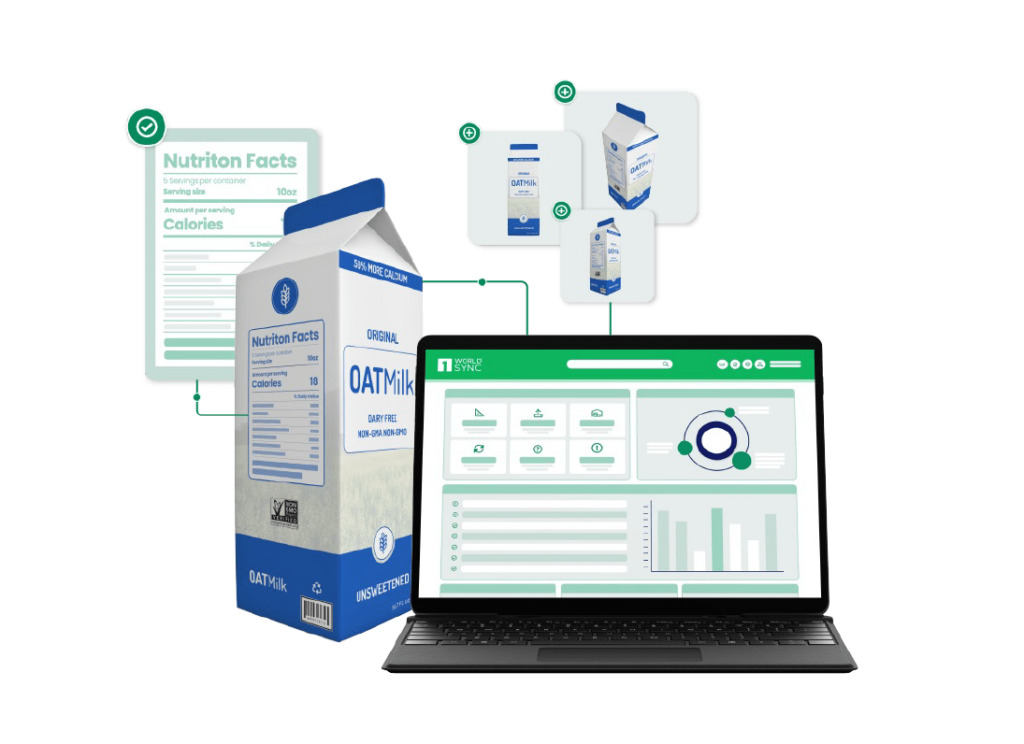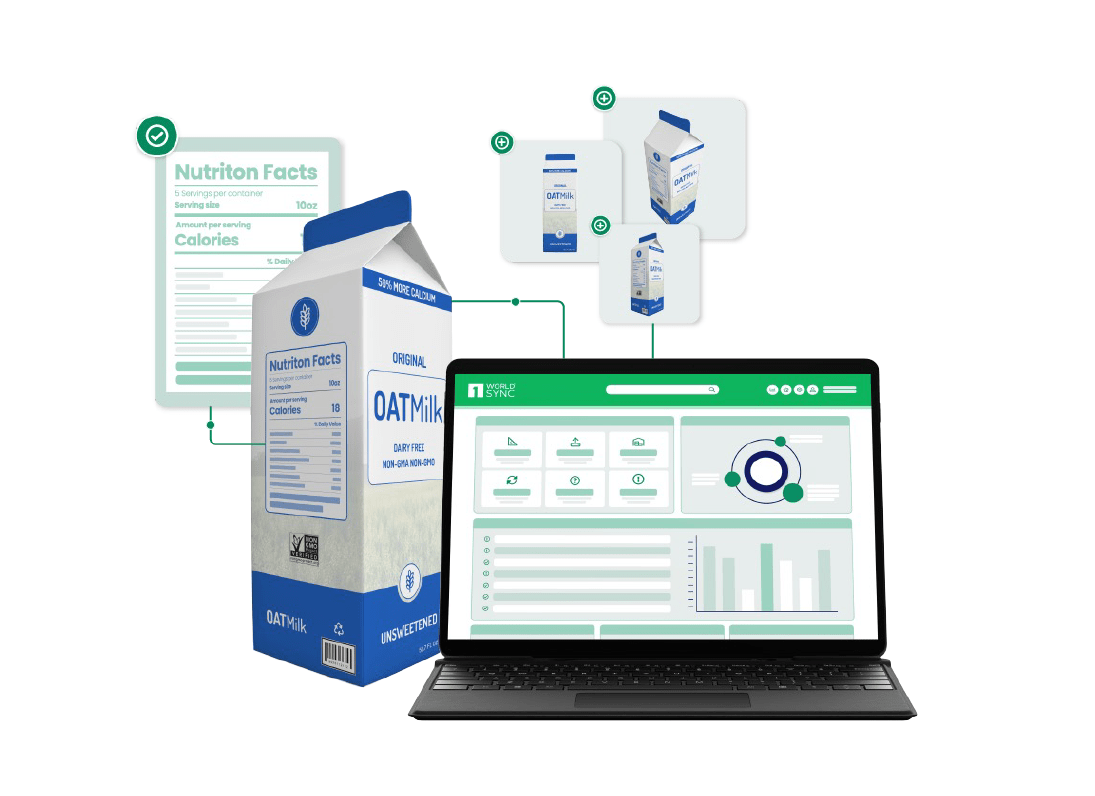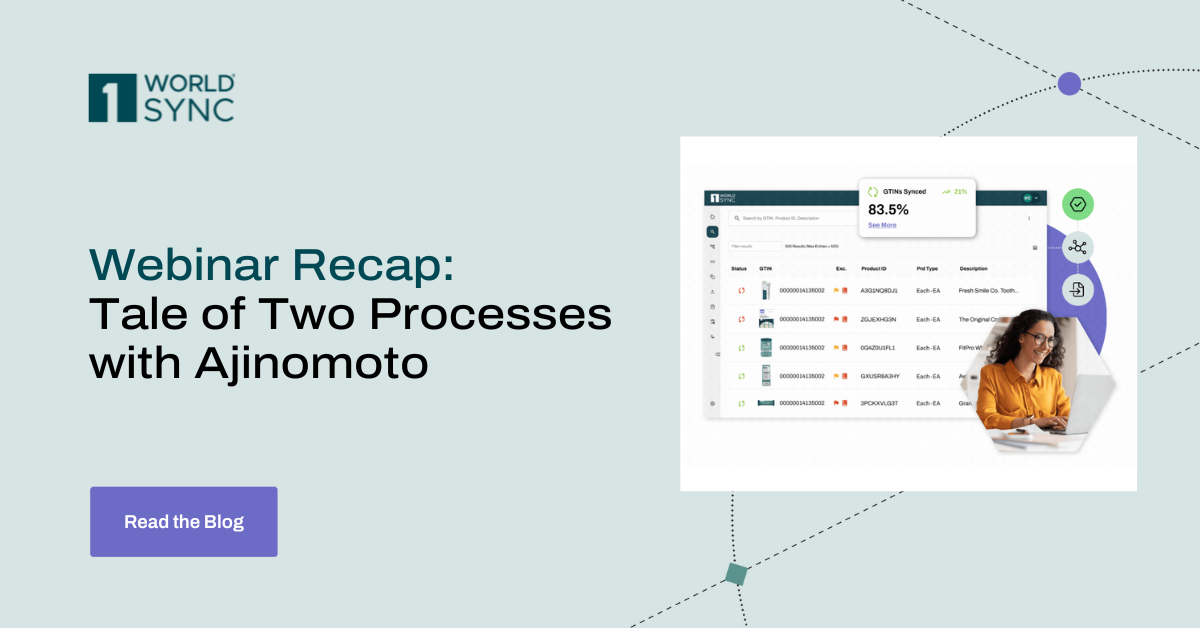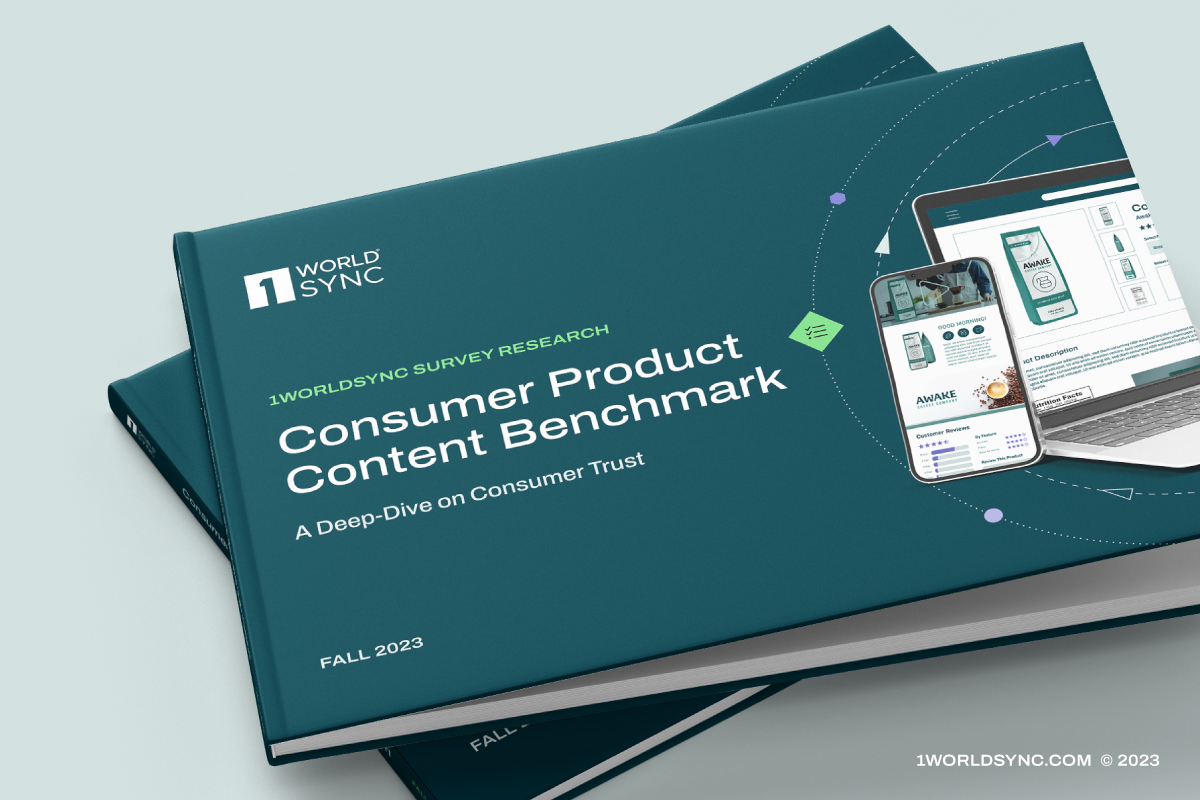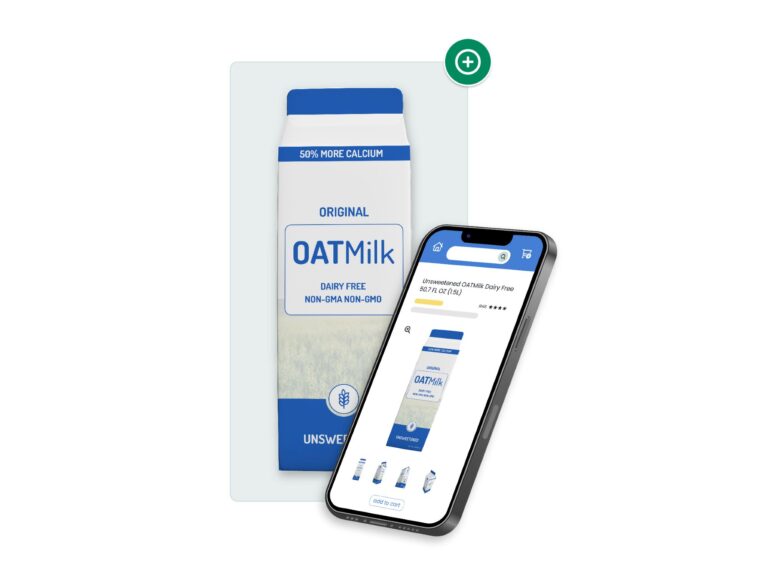E-commerce is no longer simply an arm of a brand’s retail strategy. Over the last few years, e-commerce has exploded into the primary shopping avenue for most consumers. You must understand, optimize for, and win the digital shelf to win your market share. The most successful brands build a digital shelf strategy that propels them to shelf maturity.
Digital shelf maturity results from a comprehensive plan carried out over time. This article explains digital shelf maturity and outlines the steps you can take to get there.
Defining Digital Shelf Maturity
Digital shelf maturity strategies allow brands to see where they’re excelling and what they can do to continue growing. It requires buy-in from everyone in the organization. And when implemented, these strategies allow everyone to see the fruit of their labor.
You can think of digital shelf maturity as a cycle, not a linear progression. A brand’s digital shelf reaches maturity as it succeeds at the scale and speed demanded of today’s omnichannel market. And because e-commerce continues to shift, so does the target for digital shelf maturity.
The big challenge brands and brand manufacturers face lies in the speed they’re expected to do business. Online retail is constantly changing, and brands must evaluate their performance frequently to secure their success on the digital shelf. Brand performance can change hourly on platforms like Amazon. As a result, brands must remain vigilant and monitor their performance regularly to ensure they’re publishing and distributing content that reaches their target audience.
Your brand might be mature in some areas and immature in others. Digital shelf maturity happens when your brand evolves to prioritize e-commerce and creates strategies that drive success in your e-commerce channels.
6 Steps to Reach Digital Shelf Maturity
Digital shelf maturity doesn’t happen overnight. And thanks to the ever-evolving nature of e-commerce, the journey to a mature digital shelf will require consistent re-strategizing and evaluation.
We’ve outlined the six steps your brand must take to see digital shelf maturity.
1. Establish a Central Source of Data
Data management is the first step in winning your digital shelf and working toward digital shelf maturity. As you craft your digital shelf strategy, you must establish a central source of truth for your product data.
Data accuracy and consistency are essential for your brand to succeed. Brands utilize many different retailers and platforms to sell their goods in an omnichannel market. And these brands need data synchronization and disbursement technologies to deliver data in real-time across all channels.
1WorldSync’s ContentCast syndicates product content and allows for streamlined delivery of your brand experience. When you utilize a PIM system, you operate from a single source of truth. ContentCast allows you to make changes to all your data with a single click, reducing errors and ensuring all listings are updated and accurate.
2. Activate Content
Once you establish a central database for your product information, you need to activate that content, and it must be consistent.
1WorldSync’s Consumer Product Content Benchmark Report found that 84 percent of consumers expect their interaction with your brand to be seamless wherever they interact with your brand. Establishing a central source of product data allows you to give shoppers a consistent experience, which boosts engagement, traffic, and your position on the digital shelf.
As you create and publish content, ensure your branding is consistent across platforms and among all your retail partners. For example, is your brand story the same? Are your packaging, logos, fonts, and color schemes consistent?
The consumer takes note of your branding and the quality of your product content. In the same report referenced above, research found that 81 percent of consumers say that product content quality is essential and even more important than brand recognition. Of equal importance is brand and content consistency.
Consistent, quality product content earns consumer trust, leading you toward digital shelf maturity.
3. Enhance Content
It’s not enough to publish consistent content. Your product data is the primary factor that will cause you to stand out in a sea of content.
Rich product content drives your success on the digital shelf and allows you to take steps to shelf maturity. This is especially true of product photography and imagery. In the world of e-commerce, your digital images are your products. Your product images should provide shoppers with the information they need to make an informed purchase decision. But more than that, your imagery should engage and persuade consumers to click “buy now.”
1WorldSync research found that three in four online shoppers say poor product photography or too few images cause them to leave a product detail page. To captivate the consumer and win the sale, you must provide rich product photography that informs and engages.
Enhanced product content like 360°-spin imagery, hot spots, and even AR-compatible images provide helpful resources to shoppers looking to buy. By utilizing these types of rich product content, you can gain market share, increase conversions, enhance your brand experience, and mature your digital shelf.
4. Expand Content into New Markets
You’re managing, activating, and enhancing your content. At this stage in your digital shelf journey, you’re likely increasing your market share and seeing exciting growth. This should propel you to take advantage of new, untapped markets with your content.
There are no limits in the world of e-commerce. Once you’ve established your foundation in your market, expand to other retailers and markets. You must determine the most efficient and effective way to expedite growth into these new spaces as you consider growth strategies.
By utilizing PIM software, you can effortlessly distribute your content to new trading partners across the globe. Instead of manually entering and editing product data, you can make changes to all listings with one click; saving you time, energy, and precious resources.
Remember, e-commerce brands provide a new store experience through websites and product detail pages. To reach new markets, you must meet trading partners’ varying regulations and guidelines within these foreign markets. At this step, choosing PIM that meets global standards is non-negotiable.
Consumers rely on digital content to understand your products and how they will interact with them upon receiving them. By expanding your range through a global PIM, you tap into the unlimited potential for digital shelf success.
5. Embed Agility
A digital shelf strategy must respond to algorithms and the changes that algorithms drive. In addition to creating the data your consumer wants, you must ensure your product information provides what the retailer asks for: additional product details, feature bullets, or even product descriptions that fit a character limit.
You can create the perfect listing, but if it’s not what the retailer wants or needs, you’ll have to adapt. Embed agility within your product content creation to make these changes easier and faster for your team to execute.
6. Optimize for Scale
Digital shelf maturity is your long-term goal. But getting there requires building out a digital shelf strategy that serves you where you are now and can grow with you. The final step toward digital shelf excellence is optimizing your processes for scalability.
Brands must adopt repeatable, measurable, scalable strategies to grow and stay ahead of the competition. This is the only way brands can win their market share and see true digital shelf maturity. Scalability empowers businesses to succeed in their native markets, in foreign markets, and on new platforms. Safe and responsible growth allows for long-term success and digital shelf maturity.
Conclusion
Digital shelf maturity encompasses the many ways brands seek to win on the digital shelf. To see this maturity come to fruition, brand leaders must create a clear vision for their teams and provide the appropriate tools and resources to see long-term success.
1WorldSync offers a suite of solutions to help you win the digital shelf and reap the benefits of digital shelf maturity. Get in touch with our team today to learn how we can guide your brand to digital shelf maturity.
